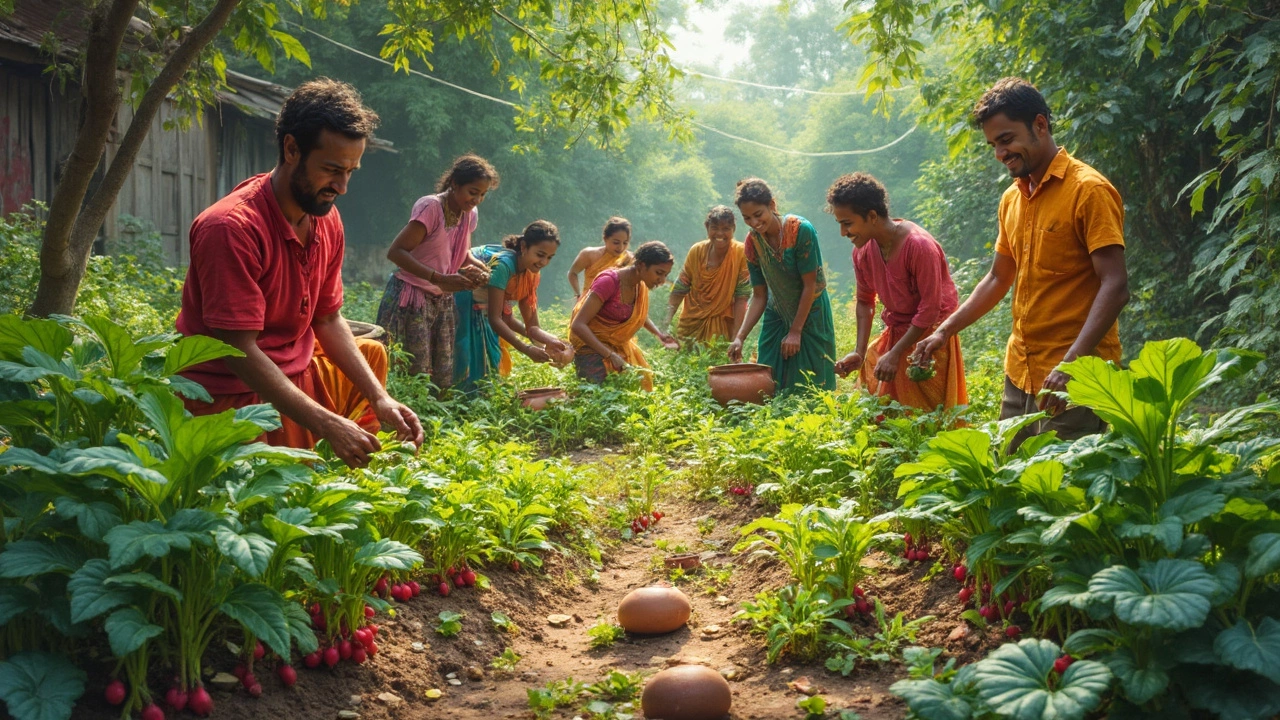Zero Waste Fruit – Turn Every Peel into Value
When working with Zero Waste Fruit, the practice of using every edible part of a fruit and finding creative uses for scraps. Also known as fruit waste minimization, it helps households lower their Food Waste, the excess food that ends up in landfills each year and supports a more sustainable kitchen. A key partner in this effort is Composting, the process of turning organic leftovers into nutrient‑rich soil, which closes the loop for parts that can’t be repurposed directly. Together, these ideas form a simple ecosystem that lets you enjoy fruit while keeping waste low.
Zero waste fruit zero waste fruit isn’t just about tossing skins into a bin. It’s about understanding the attributes of each fruit—its moisture level, sugar content, and peel thickness—so you can choose the right preservation method. For example, apples store well in a cool, dry place, while berries benefit from a quick freeze to lock in freshness. Knowing these traits lets you plan ahead, reduce spoilage, and avoid the panic‑buy‑more‑later cycle that drives waste. When you pair preservation knowledge with upcycling, you get a powerful habit: today’s snack becomes tomorrow’s sauce, jam, or natural cleaner.
How Upcycling Connects Fruit, Food Waste, and Compost
Upcycling is the bridge that turns fruit scraps into new products. Think of banana peels as a natural fertilizer, citrus zest as a flavor booster for teas, or apple cores blended into a homemade apple cider vinegar starter. These practices illustrate the semantic triple: Zero waste fruit encompasses upcycling of skins and cores. At the same time, upcycling requires basic kitchen tools like a grater, blender, or dehydrator. The result is a reduction in food waste, which influences compost quality by providing a balanced mix of green material. By linking these three entities—upcycling, food waste reduction, and composting—you create a self‑reinforcing system that maximizes the value of every fruit.
Another essential piece is fruit preservation. Techniques such as canning, fermenting, and drying let you extend the shelf life of produce by months. For instance, drying mango slices creates a snack that stays stable at room temperature, while fermenting apple skins yields a tangy kimchi‑style condiment. These methods supply the raw material for upcycled recipes and also supply a steady source of organic matter for compost piles. The relationship is clear: effective preservation reduces the volume of waste that would otherwise overwhelm a compost system, making the whole workflow smoother and more efficient.
Most readers wonder how to start without buying a ton of gadgets. The truth is, you only need a few everyday items: a sharp knife, a zip‑lock bag, a clean jar, and, if you’re feeling adventurous, a small dehydrator or a mason‑jar fermenting kit. With these basics, you can begin turning orange peels into candied treats, turning watermelon rinds into wholesome pickles, and composting the leftovers in a simple bin. Each step reinforces the next: preservation creates more usable scraps, upcycling turns those scraps into value, and composting recycles any excess into soil that feeds the next round of fruit plants.
Community initiatives also play a role. Many Indian neighborhoods host “fruit waste swap” events where people trade surplus fruit or share preservation tips. Such gatherings highlight the social side of zero waste fruit: they spread knowledge, reduce individual waste, and often result in shared compost bins that serve local gardens. By participating, you tap into a larger network that amplifies the impact of your personal habits.
Finally, measuring success helps keep you motivated. Track how many kilograms of fruit you save each month, note the number of jars you fill, or calculate the reduction in kitchen waste weight. These metrics turn vague good‑feelings into concrete results, showing exactly how zero waste fruit practices contribute to broader food waste reduction goals.
Below you’ll find a curated collection of articles that dive deeper into each of these areas—watering schedules for container gardens, the economics of high‑paying factory jobs, and more. Whether you’re after quick tips, detailed guides, or inspirational case studies, the posts ahead will give you practical steps to turn every fruit into a resource, not a waste.
Zero Waste Fruits: Tasty Nutrition and No Leftovers
Find out which fruits create zero waste, how you can eat every part, and clever ways to make your snacks more sustainable. No peels in the bin!
- manufacturing
- India
- food processing
- garden tips
- rice cultivation
- government schemes
- balcony garden
- urban gardening
- balcony gardening
- profitable business
- business ideas
- plastic manufacturing
- drip irrigation
- plant care
- steel manufacturing
- sustainable gardening
- startup ideas
- steel industry
- flower gardening
- textile manufacturers






